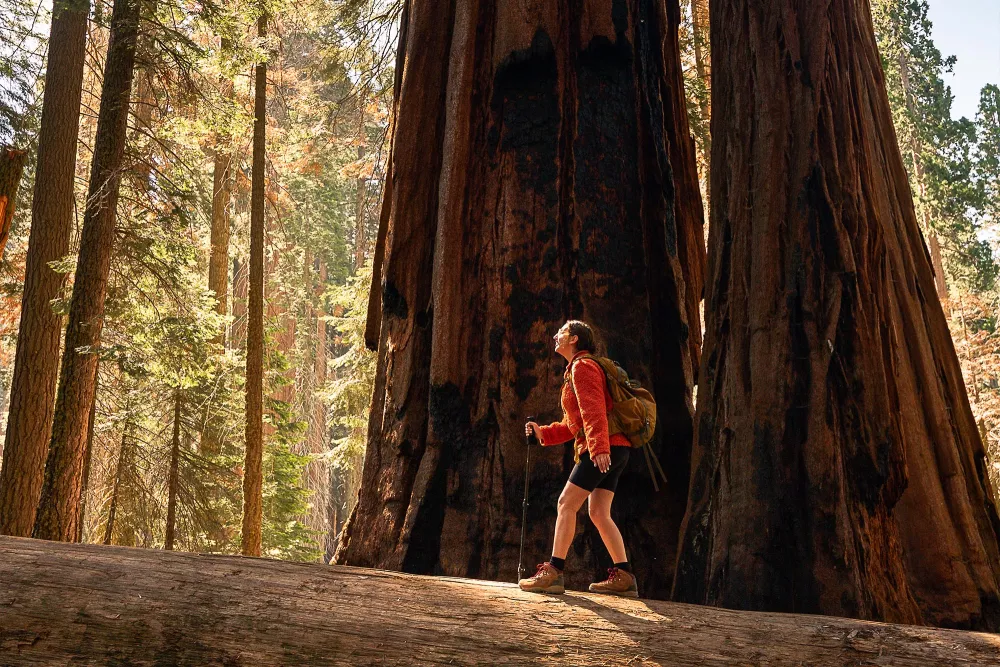Now live: The 2025 Canopy Report. Learn how Americans see trees. GET THE REPORT
Bulletin
The Healing Power of Trees
An emotional attachment to trees is deeply ingrained in the human spirit. Whether it is a spiritual connection with something larger and unseen or a practical way to reduce stress and live a healthier life, urban foresters and tree boards would do well to recognize and build upon these important benefits.

Who is not familiar with the good feeling that comes from a pleasant walk in the woods?
The noises of streets and people are left behind. The cares of work or personal problems are eased as focus shifts to the majesty of trees and their sweet essence fills the air. It is at once an escape and a refreshment of mind and spirit, the very meaning of ‘re-create’ in recreation. The Japanese have another term for the leisurely woodland walk – ‘forest bathing’ – and research suggests that it goes beyond being an emotional experience or providing the benefits of exercise. It has a physiological effect that can bolster the immune system.
Philosophers throughout the ages saw the healing potential of trees, whether in a wilderness, a sacred grove, an urban park or, like the poet Joyce Kilmer observed – a single tree “that looks at God all day, and lifts her leafy arms to pray.”
Although most of us are not philosophers or poets, we all have a favorite tree or special remembrance of it. It was likely to have been part of a life-shaping experience in youth or part of treasured family memories. It may still be a place of solace or relaxation. In this bulletin, read about what science is telling us of these connections with trees and green spaces — and how they can actually help heal us physically and mentally.
In This Bulletin
Here’s what’s inside:
- From Intuition to Scientific Fact – research has established a relationship between trees and mental health
- Some Amazing Relationships – examples of green spaces improving human health
- How Does it Work? – the “how” of relationship between nature and health
- What It Can Mean to Urban Forestry – how to use this information
- Plant Trees in Celebration or Memory – using trees to recognize important moments and honor others
